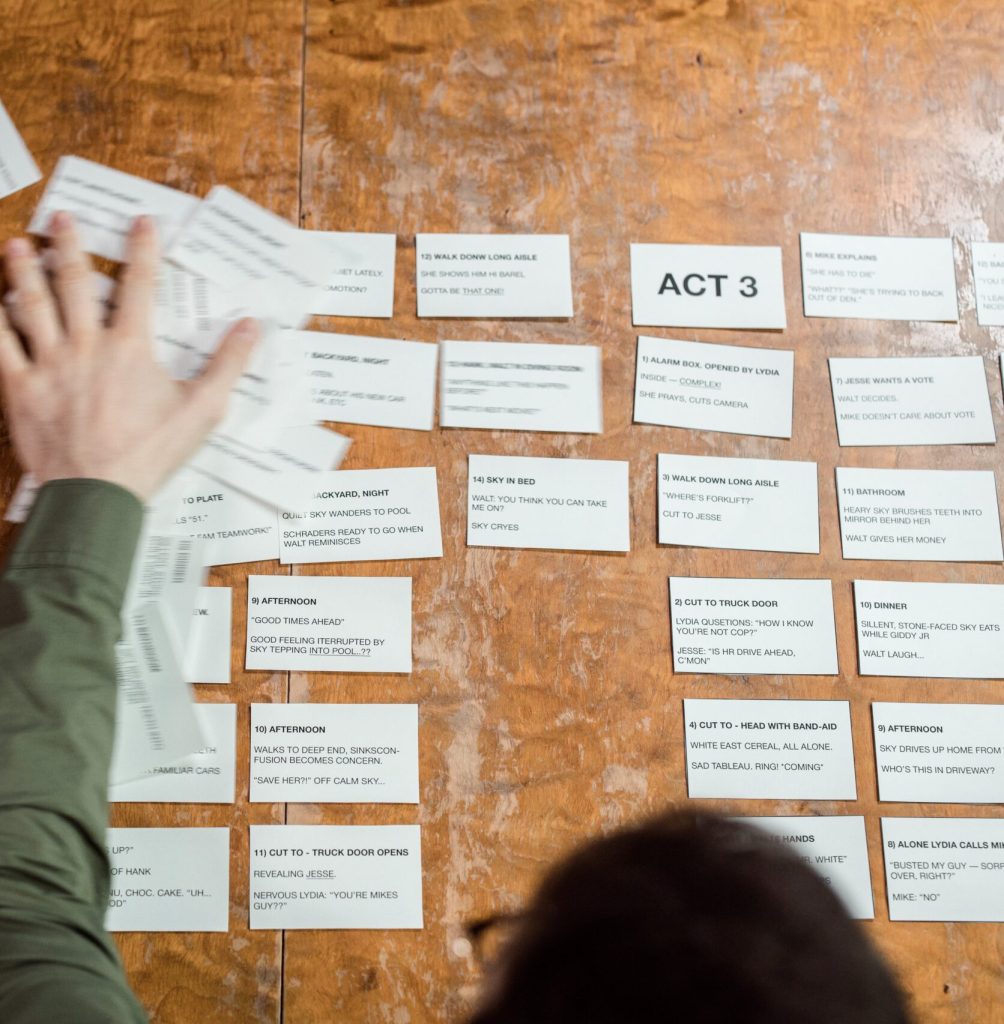Exploring Different Screenplay Structures
From Three-Act to Non-Linear Narratives
In the world of screenwriting, the way a story is structured can have a profound impact on its impact and effectiveness. From classic three-act structures to more complex non-linear narratives, there are various approaches that writers can take to create compelling and engaging screenplays. In this blog post, we’ll explore the different screenplay structures and discuss how each can be used to tell captivating stories.
Understanding Three-Act Structure
The three-act structure is perhaps the most traditional and widely used screenplay structure. It consists of three main parts:
-
Act One (Setup): This is where the story and characters are introduced, setting the stage for the main conflict. Audiences get to know the protagonist, their goals, and the world they inhabit.
-
Act Two (Confrontation): In this middle section, the conflict escalates, and obstacles arise that challenge the protagonist. It’s often the longest part of the screenplay and includes rising action, character development, and complications.
-
Act Three (Resolution): Here, the story reaches its climax, and the conflicts are resolved. Loose ends are tied up, and the audience gets a sense of closure as the protagonist achieves their goal or faces the consequences of their actions.
Advantages of Three-Act Structure
- Clear Progression: The three-act structure provides a clear progression from setup to resolution, making it easier for audiences to follow the story.
- Character Development: Each act allows for significant character development, with the protagonist facing challenges and evolving throughout the screenplay.
- Emotional Impact: The climax and resolution in Act Three often result in a powerful emotional impact on the audience.
Exploring Non-Linear Narratives
On the other end of the spectrum are non-linear narratives, where the story is not told in chronological order. Instead, the timeline may jump back and forth, or events may be presented out of sequence. This approach can create a sense of mystery, surprise, and complexity in the storytelling.
Examples of Non-Linear Narratives
- “Pulp Fiction” (1994): Quentin Tarantino’s iconic film uses a non-linear structure to weave together multiple storylines and perspectives, creating a rich tapestry of interconnected events.
- “Memento” (2000): Directed by Christopher Nolan, this film tells the story of a man with short-term memory loss in reverse order, challenging the audience to piece together the narrative along with the protagonist.
Benefits of Non-Linear Narratives
- Engagement: Non-linear storytelling can engage audiences by keeping them guessing and actively involved in connecting the dots.
- Surprise and Revelation: Revealing information out of sequence can lead to unexpected twists and revelations, enhancing the storytelling experience.
- Exploring Complex Themes: Non-linear narratives can delve into complex themes such as memory, perception, and the passage of time in unique ways.
Choosing the Right Structure
Ultimately, the choice of screenplay structure depends on the story you want to tell and the effect you want to achieve. Some stories lend themselves well to the traditional three-act structure, providing a clear and linear progression of events. Others thrive in the non-linear format, offering opportunities for innovation, suspense, and deeper exploration of themes.
As a screenwriter, experimenting with different structures can expand your creative toolkit and help you craft stories that resonate with audiences in meaningful ways. Whether you prefer the classic three-act approach or the intricacies of non-linear storytelling, understanding these structures empowers you to tell compelling narratives that leave a lasting impact.

